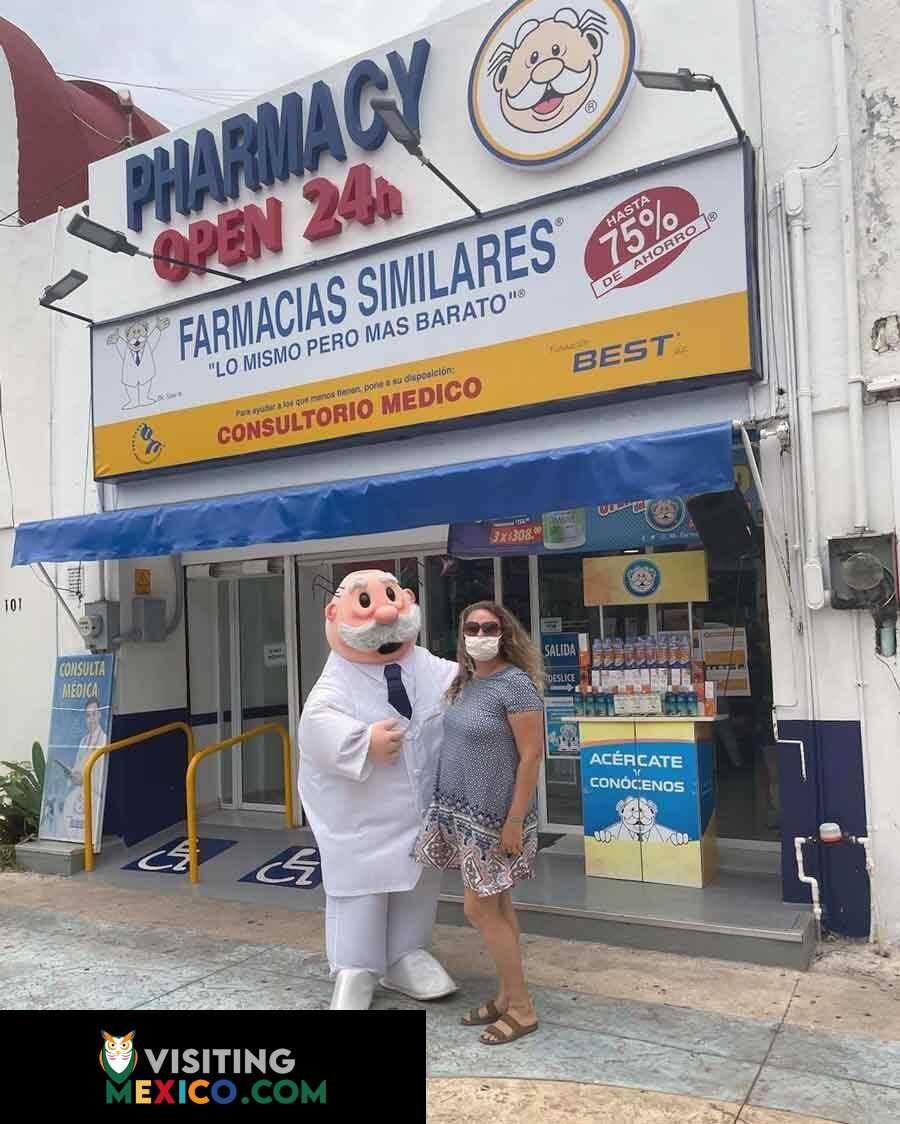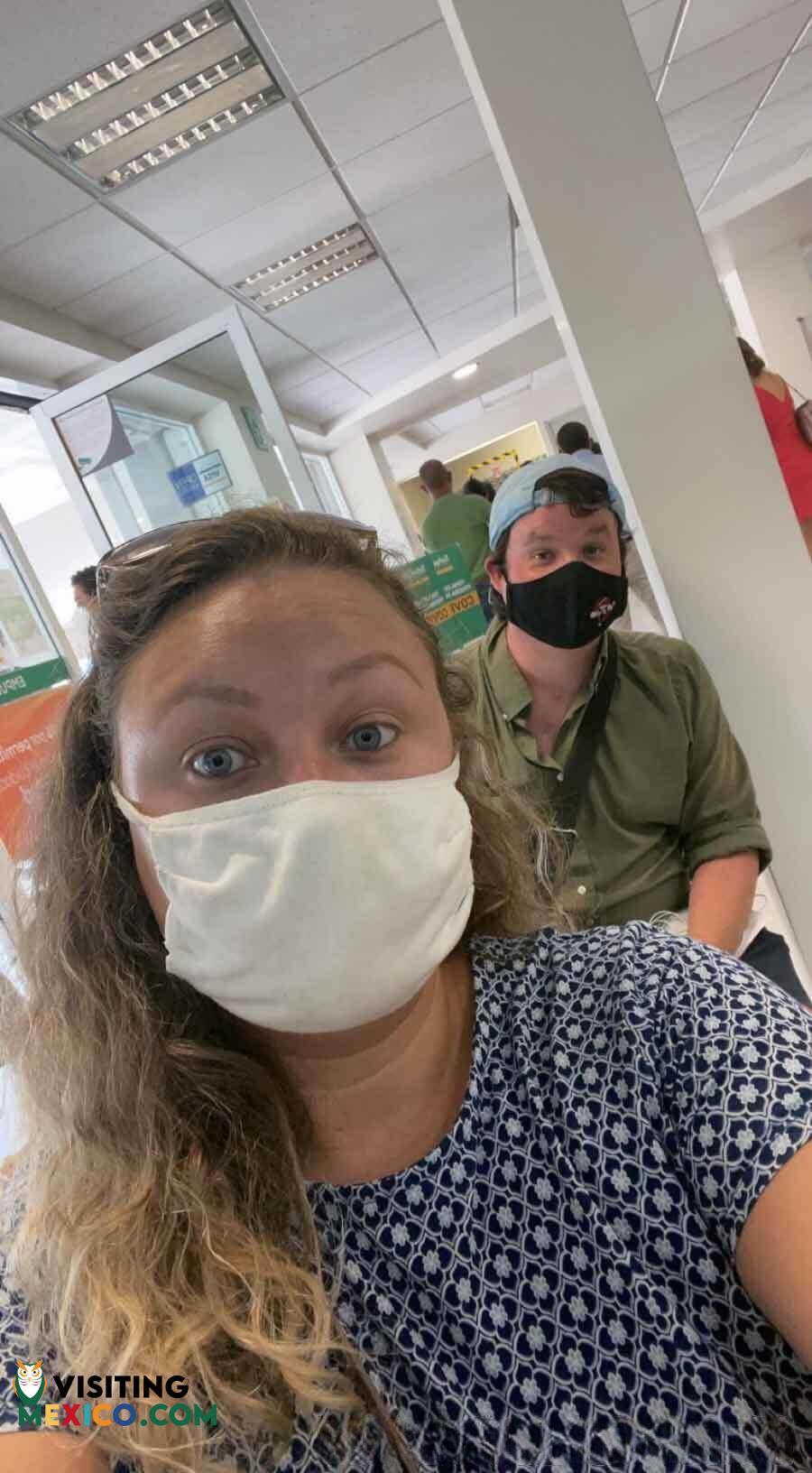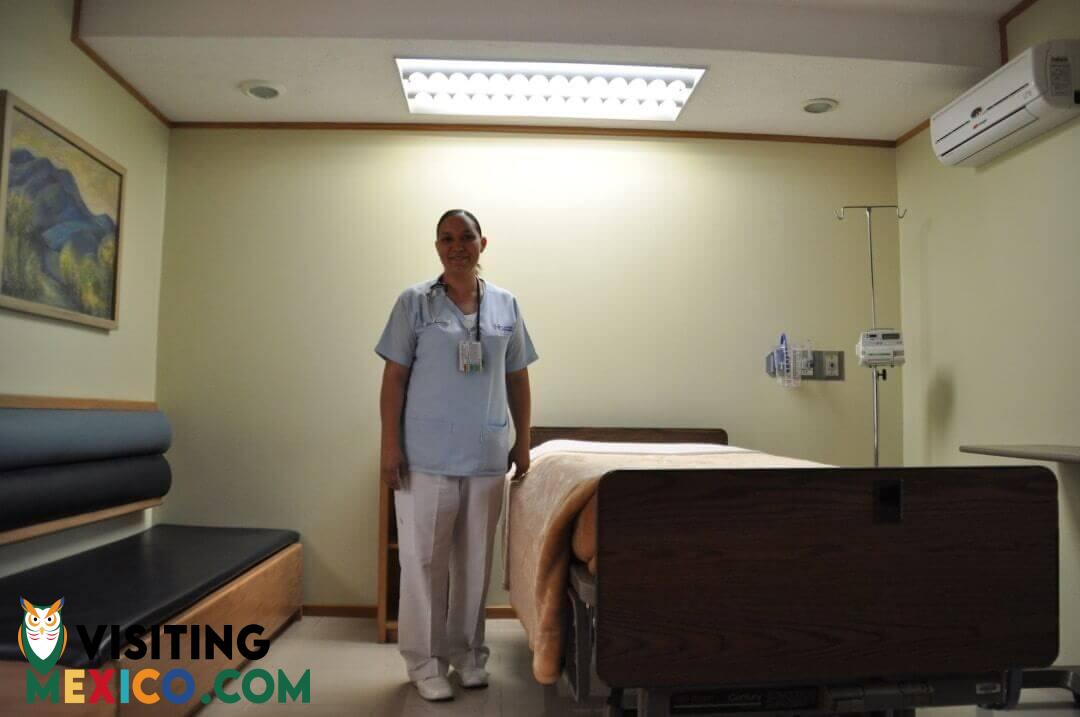Healthcare in Mexico: A Personal Experience
City in Mexico
When I moved to Mexico, I had many preconceived notions about how things work. One of those things was health insurance in Mexico. I have heard over the years about how cheap healthcare is in Mexico. I knew about medical tourism in Mexico, when someone goes to Mexico for a medical procedure, because it is cheaper in Mexico than in their home country. I had heard about how cheap everything was, so health care must be too. When I got to Mexico, I had not made up my mind whether or not I was to get health insurance. I canceled my policy in the US and was going to hope that I didn’t get hurt, and if I did that, it would be a cheap fix. So at that time, I had no health insurance at all. If you are from the USA, you know that not having health insurance is a huge risk. After a few months and speaking with several locals, I decided it would be best for me to get health insurance in case of something catastrophic. Medicine was very cheap, and doctor’s visits and tests were also cheap. I can handle if something minor happens, but not if it’s something major

Healthcare in Mexico: Research and Decision
So, I researched and weighed my options on cost and coverage. My boss offered me the company health insurance through Cigna, or I could choose to get my health insurance in Mexico. I considered several factors, including cost and coverage. Ultimately, I decided to go with the other company because it was cheaper. So once I decided, I contacted the insurance agent and told him which policy I wanted. While signing up for health insurance in Mexico, the agent asked me many questions about my husband’s health. He asked the usual questions: if we took any medications, had any recent procedures, and our family history. Everything was taken care of, and no longer did I have to worry about a catastrophic expense: or so I thought.
Healthcare in Mexico: The Pre-Screening and Evaluations
My agent then sends me a rather long packet to have filled out by a physician. He told me that in Mexico, you could be denied or discriminated against for pre-existing conditions, outlawed in the united states in 2010 through the Affordable Care Act. For myself, the insurance company wanted doctor’s letters about why I was taking certain medications. This seemed like a fairly easy task, so I contacted my doctors in the USA and told them what I needed. Because of HIPPA, it was pretty difficult for me to get my records. I recommend an electronic or paper copy of all your records to Mexico. One of my doctors would never call me back or return my emails. One of my doctors had to mail a letter to my American address, which I had my mother scan and text to me so I could forward to my agent. But that’s not all. My husband had to do even more. His doctor in the US was never very responsive in the past, so I knew getting his records would be no easy task. After finally getting the doctor on the phone, we had to wait 3 weeks for them to process a Release of Information Form. On top of that, he had to get blood work, an EKG, and have a Mexican doctor fill out a health evaluation.

It took several months to gather this information. Our doctors were not very responsive, and there were so many rules to follow because of HIPPA. Finally, after four months of waiting, we had all of our information in, and we waited on approval from our insurance company. I was very nervous, but my agent assured me we would get approved. The day comes that we have long awaited; my agent calls and says we have been accepted for a policy. He said all the paperwork looked good, and after he accepted payment, we would be covered. There’s one itty bitty catch; the insurance company wouldn’t cover my husband’s heart because of preexisting conditions. His heart!! That thing is pretty important for all functions of the body. At this point, I was so exhausted from the back and forth and felt like I didn’t have many other options since we had gone down the rabbit hole with the company, so I accepted. Moral of the story: Take the American health insurance. You can get insured rapidly, and they cannot discriminate against you for pre-existing health conditions.
Mexico Mike’s Experience with Healthcare in Mexico
So there I was, 15 years ago in Uruapan, Michoacán. I was not feeling well, so I was sent to a doctor, who came to my hotel. He suggested I see a doctor with diagnostic equipment in the morning, but his initial diagnosis was that my appendix probably wanted to stay in Mexico with or without me. BTW, hotel doctors are generally regarded as less than the best. At least, that is what other doctors have told me. I’ve encountered many over the years and am glad they were there.
I was scared; I thought Mexican hospitals were inferior, unclean, and not where I wanted to be. I told my companion that I would rather risk a ruptured appendix during the 2-day drive back to McAllen than risk going to a Mexican hospital. Never mind that I would be putting her life in jeopardy. My mind was made up. Can you say “self-centered”?
The next day, I saw another doctor with an X-Ray machine and a lot of modern medical equipment. But more importantly, he listened to my symptoms, asked questions, and did a hands-on exam. He did not exactly say it this way, but basically, I was so full of gas that I was a walking gasbag. My soon-to-be ex-girlfriend concurred. No operation is needed.
A few years later, I totaled my Ford Bronco in a one-vehicle rollover. I injured my pinkie. Although a Mexican hospital was essential across the highway from my hotel, I didn’t go. By then, I knew they were modern and well-equipped, but I had had so many bad experiences with US hospitals waiting for “emergency” care that I didn’t want to take the time.
So, to prove my ignorance, Fate waited until six years ago. In Saltillo, Coahuila, I suddenly felt so weak and in pain that I doubled over. There (again) was a hospital across the street, so my wife drove me there around midnight. Healthcare in Mexico? I was seen within minutes of being wheeled into the Emergency Room. In a few minutes, I had two doctors and several nurses asking and poking. I was unable to talk in any language, so they had their hands full, though one doctor spoke English. They X-ray’d and hooked up to various machines within half an hour. I was admitted and a specialist was by my side within an hour.
I, of course, was freaking out about how much this would cost. But what was I going to do – crawl out? They finally asked for a credit card, and I could not get my wallet out of my pants without excruciating pain. Eventually, my wife figured it out and plopped some plastic on the counter. Everybody smiled.

Mike’s Hospital Room in Mexico
The private room had a wall hanging, some artwork, and subdued lighting. There was a sleeper sofa for my wife, and the nurse brought her blankets. I had an IV in me, and some kind of machine was monitoring my vitals. I was pretty high by this time but began whimpering. She came over and got into the hospital bed with me to calm me like you would any scared child. OK, so I am not as macho as I appear. She married me anyway.
During the night, the nurse looked in. The door of the room was shut, which made it possible for me to sleep. Try that in most American hospitals. Once the IV came loose, and before my wife could even touch the call button, the nurse came in, penlight in hand. She fixed me up and left. They did not require my wife to leave my bed. Can you imagine Nurse Ratched letting that go in a US hospital?
In the morning, after a really good breakfast for both of us, the specialist dropped by, poked me a bit, asked me some questions, and said I could leave the hospital if I promised to take it easy (I had a nasty pulmonary infection). And he said to come back in a week to ensure everything was okay. Then he gave me a week’s worth of expensive medicine. With dread, I walked to the checkout window. The bill for everything, including the medicine, was under $1,000USD.
I just read a Yahoo article about an AZ woman who went to a hospital for three hours after suffering a scorpion bite. She got two injections of a Mexican drug, Anascorp, which cost $100 in Mexico. It costs $39,652 a dose in AZ. Total bill, $83,046. So the US hospital charged “only” about $1,000 an hour. The drops I take for my glaucoma cost $120 in McAllen. Ten miles away in Reynosa, they cost $30. Are they the same? The bottle is “Hecho en Ft. Worth, TX EEUA.” Go figure.
So, if you are in Mexico and need medical care, do not hesitate to get it. You will be in good hands, and one of them won’t be in your wallet. Not everyone has my experience with Mexican medical care, but I hope yours is as positive as mine.


